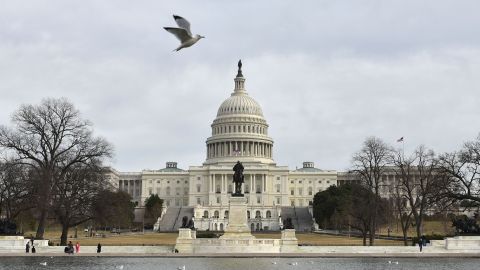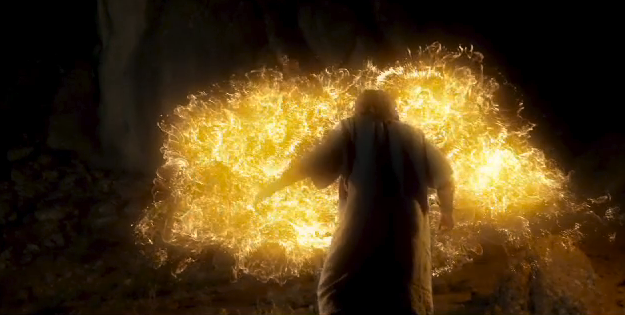A.I. researchers develop neural networks to predict government corruption

Wouldn’t you like to know if members of the government are taking bribes, signing illegal contracts or embezzling tax dollars? Spanish researchers created a uniquely-purposed computer model that can figure out the likelihood of government corruption. Their model is based on A.I. neural networks and can predict where in the provinces of the country corruption is more probable based on economic and political variables.
One major takeaway from the research – corruption appears more probable when the same party stays in power for too long. Other influences on the growth of corruption within a region are real estate taxes, an exaggerated increase in housing prices, the creation of new companies and the opening of bank branches.
The study modeled corruption in certain Spanish provinces for periods of one, two or three years. Researchers published their work in Social Indicators Research, but did not include the specific names of the locations studied to avoid controversy, according to Iván Pastor Sanz – one of the authors.
The scientists from theUniversity of Valladolid, who conducted the study, caution that just because their model predicts corruption, that doesn’t mean crime will “actually happen”. They call their work “an early warning system”.
The study’s authors fed the data from corruption cases in Spain between 2000 and 2012 to the artificial neural networks they designed to identify areas of concern. The networks are self-organizing maps (SOMs) which attempt to reproduce brain functions. The scientists tasked the A.I. to find patterns within the data.
“The use of this AI technique is novel, as well as that of a database of real cases, since until now more or less subjective indexes of perception of corruption were used, scorings assigned to each country by agencies such as Transparency International, based on surveys of businessmen and national analysts,” explained Pastor.
The researchers hope to move forward in their research and find a way to adapt their model internationally.
You can read the study here.




